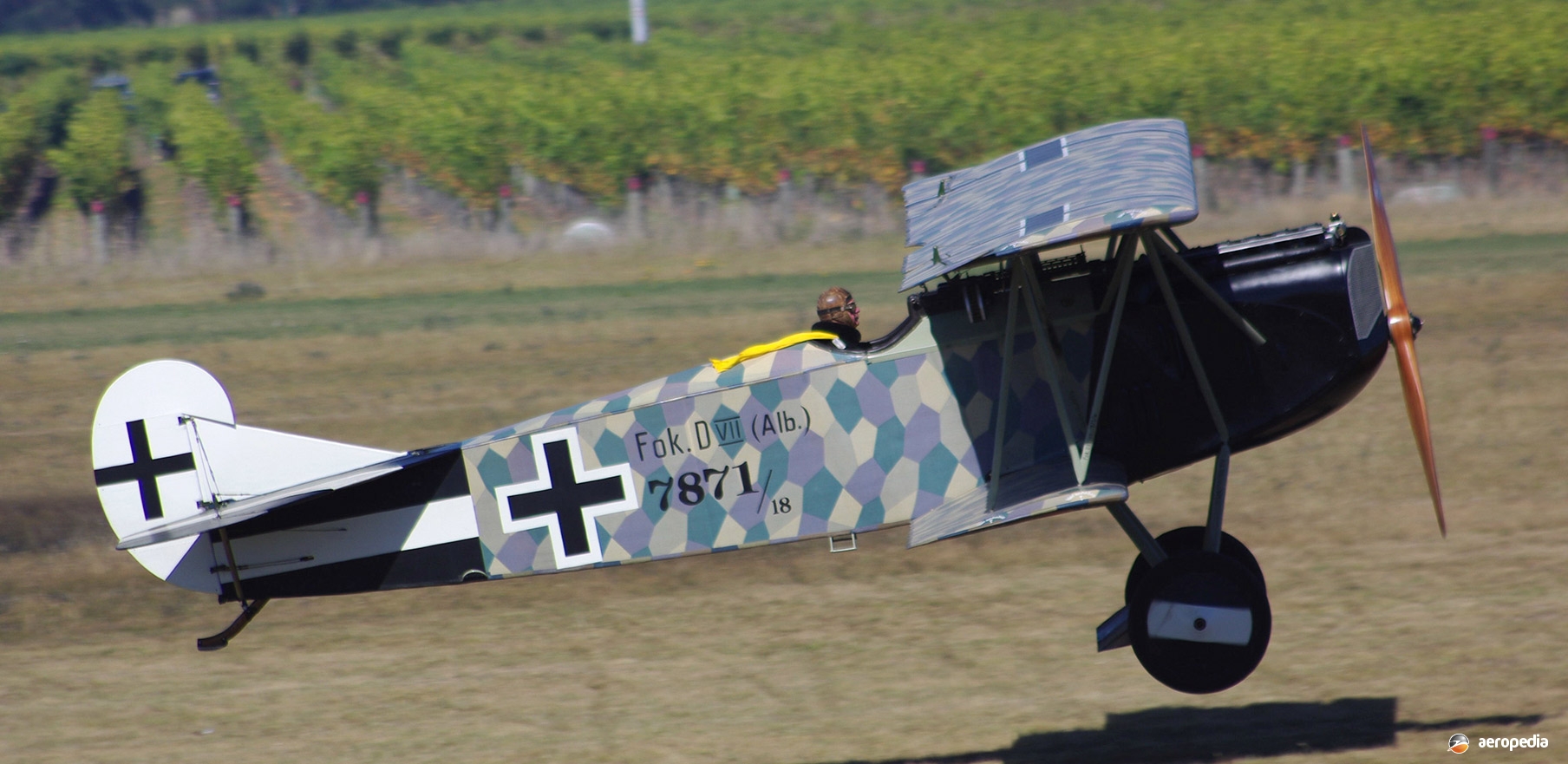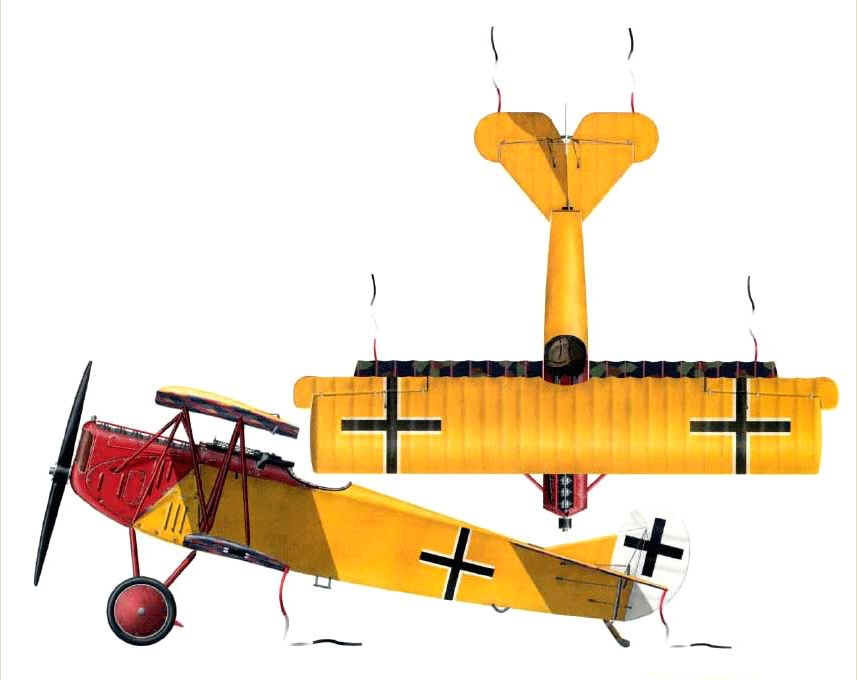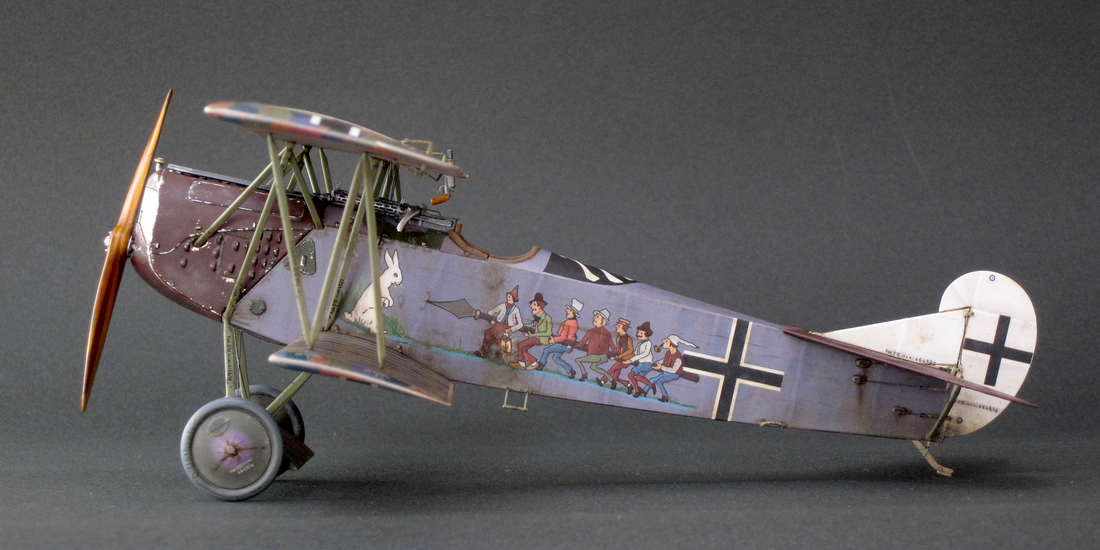
Fokker D.VII WWI Biplane US Scale Masters Championships 2016 YouTube
Mikael's Fokker D.VII (SE-XVO) is one of only a handful of airworthy reproduction D.VIIs flying in the world. In many ways, this Fokker's story stretches back to Mikael's childhood in his native Sweden.

Fokker D.VII Ernst Udet, by Taras Shtyk The Great War Pinterest
1 2 Airline: Netherlands - Royal Air Force Reg: 266 photos Aircraft: Fokker D.VII Serial #: 2523 Photo date: 2023-02-04 Uploaded: 2023-02-22 Likes: 0 0 Views: 1,057 Location: Soesterberg Air Base - EHSB, Netherlands By: Volker Hilpert Photos | Profile | Contact Album Like Share Airline: Germany - Air Force Reg: 8417 photos Aircraft: Fokker D.VII

Possibly flown by Oblt. Otto Schmidt (20 victories), this Fokker D.VII
Friedrich was a victim of the aforementioned engine compartment fires when on 15 July 1918, his D.VII (309/18) suddenly burst into flames, possibly due to the ammunition overheating and exploding. Friedrichs attempted to save himself by parachuting, however the parachute caught the tailplane and ripped, sending him to his death.

Fokker D.VII of Oblt. Lothar von Richthofen (40 victories), of Jasta 11
The Fokker D.VII prototype, the V.11, was completed just before the Adlershof competition began on January 21, 1918, so Fokker had little time to test it beforehand. On January 23, famed German ace, Manfred von Richthofen, the Red Baron, flew the V.11 at Fokker's request. Richthofen thought the airplane was maneuverable and had generally good.

Fokker D7 de la Jasta 15 05.jpg Member's Albums CombatACE
Regarded as Germany's finest fighter of World War 1 (1914-1918), the Fokker D.VII actually had a short wartime career as a late-war development introduced in 1918. Pilots praised the aircraft's handling and ease-of-operation when compared to other types available. The aircraft went on to stock squadrons of both the German Air Service.

Fokker D.VII German World War I biplane fighter
Fokker D.VII Foreign Colour Schemes By Matt Bittner 1/72 Blue Rider Decals, Insignia Colour Guide 2 By This decal sheet consists of decals for 35 different Fokker D.VIIs, flown by countries other than Germany, after WW1.

FOKKER D.VII · The Encyclopedia of Aircraft David C. Eyre
All D.VIIs were produced with either the five-color Fünffarbiger or less often, the four-color Vierfarbiger lozenge camouflage covering, except for early Fokker-produced D.VIIs, which had a streaked green fuselage. Factory camouflage finishes were often over-painted with colorful paint schemes or insignia for the Jasta or for a pilot.

Fokker D.VII Scheme D Model Paint Solutions Paint Booth, Model Paint
Fokker D.VII. Serial no. 2, 2nd Soviet Aviatryad, 1922. Aircraft is Dark Green on all upper surfaces and wheel covers, with Pale Blue lower surfaces. Cowling is Natural Metal. Fuselage panels are Medium Grey. Fin and rudder are painted with Red and White stripes.

Fokker D.VII Carl Degelow, by Taras Shtyk Aircraft art, Aircraft
All D.VIIs were produced with either the five-color Fünffarbiger or less often, the four-color Vierfarbiger lozenge camouflage covering, except for early Fokker-produced D.VIIs, which had a streaked green fuselage. Factory camouflage finishes were often overpainted with colorful paint schemes or insignia for the Jasta or for a pilot.

FOKKER DVII *WWISKINS* Skins and Templates IL2 Sturmovik Forum
Naval units started flying Fokker D.VIIs in June 1918. As with Richthofen's Flying Circus, they distinctly painted their Fokkers with a yellow and black color scheme. Sachsenberg's own aircraft was painted with yellow and black checkerboard. In October 1918, Marine Jagdgruppe Fiander comprised five naval Jastas, with more than 50 fighter planes.

Fokker D.VII 5view Aircraft, Fighter planes, Biplane
Interesting Fokker D.VII colour schemes…. . One of my favourites is the Fokker D.VII with "The Seven Swabians" on both sides of the fuselage. There had been numerous coats of arms, skulls, weapons and dragons painted on the surfaces of German aircraft but this one is of special interest, since it is not "heroic" and based on an old fairy tale.

Fokker D7 Aircraft, Experimental aircraft, Wwii aircraft
Product Details Quick Links Replacement Parts Optional Parts Pit/Field Tools Key Features Scale scheme of Ernst Udet's famous "Du doch nicht!!" Fokker D.VII fighter Completely factory-assembled and ready-to-fly right out of the box Optimized design with outstanding control using simply three channels

Pin on Fokker D vii
The Fokker D.VII 30-60cc ARF, 87" by Hangar 9 is a quality built remote controlled airplane.. Trim Scheme Colors: Red, white and black: Engine Size: 2-stroke gas: 30-60cc: Motor Size: 160-360: Product Length: 72" (1829mm) Minimum Required Radio:. Backlit 3.2", 320x240 display screen with multiple color palette choices and user.

Fokker D.VII Paper Model Paperdiorama Donwload Free Paper Model
The two basic styles of lozenge camo were "Knowlton (Quebec)" and "Canberra (Australia)"— these names refer to the regions where samples were studied and recorded after the war. If you are building a model that predates April of 1917, you probably won't have to worry about replicating lozenge camouflage.

Fokker D VII of Joseph Mai Guerre mondiale, Militaire, Guerre
The Fokker D.VII in Switzerland. The Swiss 'Fliegertruppe' used the D.VII from 1920 to 1938. Altogether there have been 27 in service, which were numbered '608', '609' and '616' to '639'. The first two were bought in 1920 from a private source. In 1922, ten were bought from the IAACC, which were overhauled by the Eidg.

Compare Lowest Prices buy them safely Unrivalled Quality and Value
A Fokker D.VII shows a four-color Lozenge-Tarnung (lozenge camouflage), and its early Balkenkreuz black "core cross" on the fuselage has a white outline completely surrounding it. Another Fokker D.VII with a typical five-color pattern